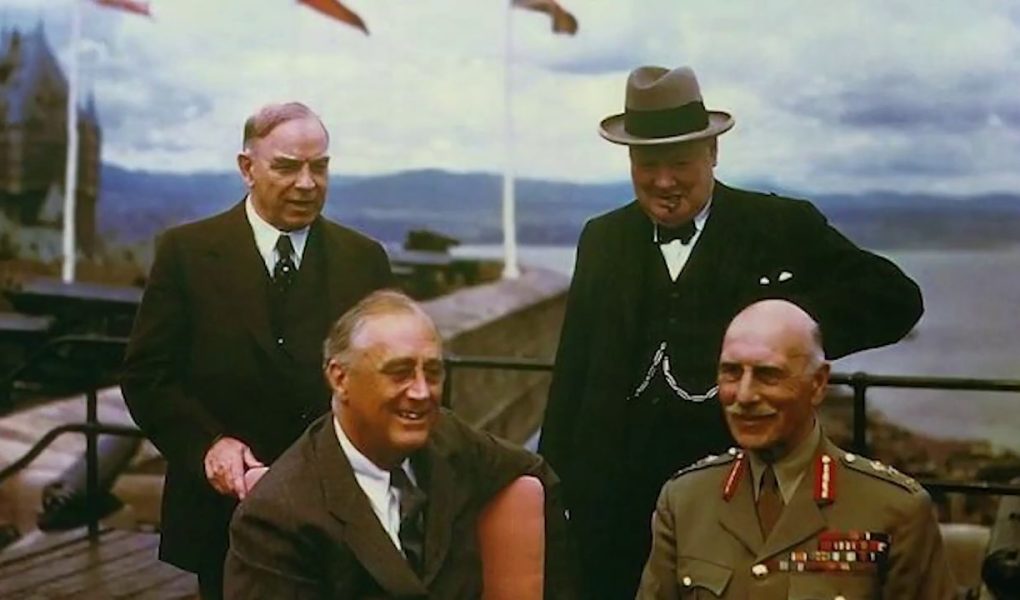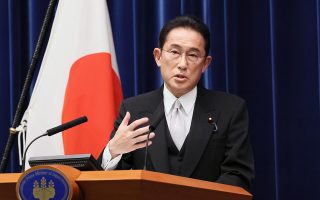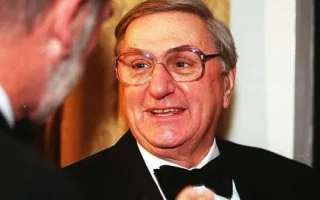lareddepathways.com – The Earl of Athlone, born Prince Alexander of Teck in 1874, served as the Governor General of Canada from 1940 to 1946, during one of the most pivotal periods in Canadian and global history. His tenure as Governor General coincided with the challenges of World War II, and his leadership played a crucial role in fostering national unity and supporting Canada’s involvement in the war effort. As a member of the British royal family and the brother-in-law of King George V, the Earl of Athlone brought a unique perspective to his role in Canada, balancing his aristocratic background with a genuine commitment to the Canadian people.
Early Life and Background
Prince Alexander of Teck was born on April 14, 1874, in London, England, as the son of Prince Francis, Duke of Teck, and Princess Mary Adelaide of Cambridge. His maternal family connections to the British royal family helped him establish strong ties to the British court. His early life was marked by royal expectations and a close relationship with his cousin, King George V.
Alexander of Teck was educated at Eton and later at the Royal Military College of Sandhurst, where he was trained for a career in the British Army. His military career saw service in various postings, including with the British Army in India and Europe. In 1904, he married Princess Alice of Albany, and their union produced two children. Alexander’s military and royal background prepared him for a variety of official duties, including diplomatic posts and ceremonial roles.
In 1905, Alexander was granted the title Earl of Athlone by his brother-in-law, King George V, who had ascended to the throne in 1910. His aristocratic standing and royal connections positioned him well for future responsibilities within the British Empire.
Appointment as Governor General of Canada
In 1940, the Earl of Athlone was appointed Governor General of Canada by King George VI, succeeding Lord Tweedsmuir, who had passed away. His appointment came during a turbulent time for Canada, as the world was in the throes of World War II. The appointment of a member of the royal family to the position of Governor General was a significant gesture of solidarity, particularly as Canada’s role in the war was becoming increasingly important.
The Earl of Athlone’s background, military experience, and royal connections made him a natural fit for the role at this critical juncture in Canada’s history. His close relationship with King George VI and Queen Elizabeth helped maintain strong ties between Canada and the British monarchy.
Leadership During World War II
The most defining feature of Lord Athlone’s tenure as Governor General was his leadership during World War II. When he assumed office, Canada had already entered the war in 1939, following Britain’s declaration of war against Germany. As the country mobilized for war, Lord Athlone worked closely with Prime Minister William Lyon Mackenzie King and the Canadian government to ensure that Canada’s contributions to the war effort were well-coordinated.
Throughout the war, Lord Athlone was a steadfast supporter of the troops, making frequent visits to military bases and war-related facilities across Canada. His efforts to boost morale and his symbolic role as the representative of the Crown were essential in maintaining national unity during the war. He was deeply involved in supporting Canadian forces overseas, particularly in Europe, where Canada played a vital role in the Allied military campaigns.
Lord Athlone’s visits to military personnel were not only ceremonial but also a source of encouragement. His personal military experience allowed him to connect with the soldiers, and his status as a member of the royal family gave him added prestige in the eyes of Canadians. He also worked to ensure that Canada’s contributions to the war effort were recognized and celebrated, both domestically and internationally.
Supporting National Unity
In addition to his role in supporting Canada’s wartime efforts, Lord Athlone worked to foster national unity. During his time in office, Canada was a country still divided by linguistic and cultural differences, with tensions often present between English and French-speaking Canadians. The outbreak of World War II, however, provided a unifying force as Canadians from all regions and backgrounds came together to fight for a common cause.
Lord Athlone’s leadership emphasized the importance of national unity, and he worked to bridge divides within Canadian society. His diplomatic skills and understanding of Canada’s diverse population helped ease tensions, particularly in Quebec, where opposition to conscription was strong. His role in maintaining peace between the two linguistic groups was critical, as conscription debates became one of the most contentious issues during the war years.
While Canada was moving toward greater independence from Britain during this period, Lord Athlone’s position was one of continuity. He represented the Crown, but his actions reinforced the notion that Canada was maturing as a nation and asserting its identity, particularly through its military contributions and wartime leadership.
Post-War Contributions and Legacy
The end of World War II in 1945 marked a turning point for both Canada and the Earl of Athlone. As the war drew to a close, Lord Athlone continued to support the Canadian people, but the post-war period also brought new challenges. Canada was beginning to adjust to the geopolitical realities of the post-war world, including the early stages of the Cold War and the role Canada would play in global diplomacy and peacekeeping.
Lord Athlone’s contributions during the post-war years included supporting veterans and helping Canada transition back to peacetime. He played an important role in recognizing the sacrifices of Canadian soldiers and ensuring that they were honored for their contributions to the war effort. His leadership during this transition period helped guide the country as it navigated the complexities of a post-war world.
Lord Athlone’s tenure as Governor General ended in 1946 when he retired from the post and was succeeded by the Viscount Alexander of Tunis. His departure from office marked the end of a chapter in Canadian history, but his legacy endured. The Earl of Athlone was widely respected for his dignified leadership and his dedication to Canada, particularly during a time of great adversity.
Conclusion
The Earl of Athlone’s time as Governor General of Canada (1940–1946) was defined by his leadership during the global conflict of World War II. His commitment to national unity, his support for Canada’s military efforts, and his diplomatic skills made him a revered figure in Canada’s history. As a member of the royal family, Lord Athlone represented continuity and tradition, while his deep understanding of Canadian society helped him foster a sense of national cohesion.
In the years after his tenure, the Earl of Athlone’s impact remained evident in the country’s development and the role of the Governor General. His leadership during the war helped guide Canada through one of its most challenging periods and ensured that the country emerged from the conflict as a more unified and self-assured nation. Lord Athlone’s legacy as a wartime Governor General, deeply involved in the lives of Canadians, continues to be remembered as an essential chapter in the nation’s history.



